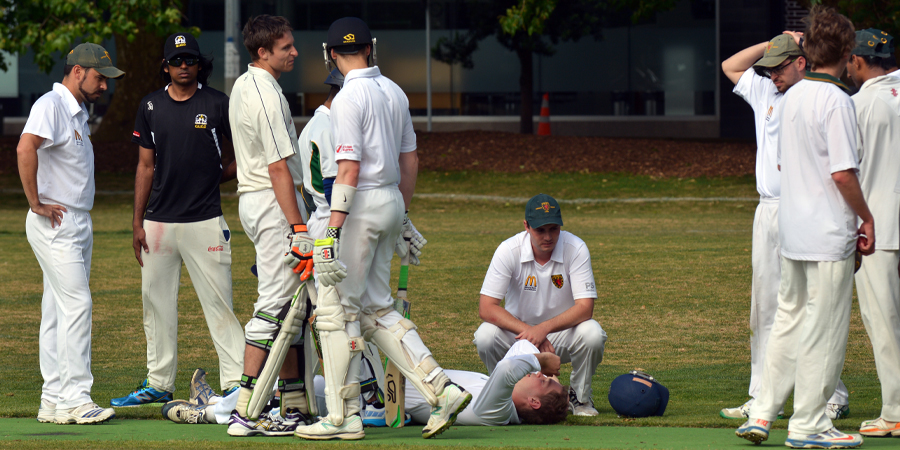Introduction
Welcome to the world of cricket recovery. Injuries are an unfortunate part of any sport, and cricket is no exception. Whether you’re a professional cricketer or just enjoy playing with friends, understanding how to recover from a
Types of Cricket Injuries
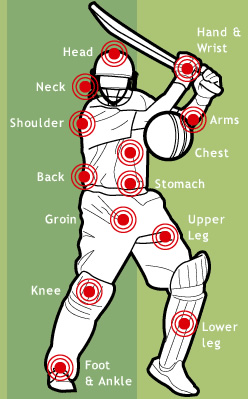
In cricket, injuries are an unfortunate reality due to the physical demands of the sport. Understanding the types of injuries that cricketers commonly face is essential for prevention and effective treatment. Here are some of the most prevalent
1. Sprains and Strains
Sprains and strains are common injuries in cricket. A sprain occurs when a ligament is stretched or torn, while a strain involves damage to muscles or tendons. Cricketers often experience sprains and strains in the ankles, wrists, and hamstrings due to sudden movements, fielding, or batting.
2. Fractures
Fractures can result from direct impact or falls during fielding or collisions. Common fractures in cricket include finger fractures, collarbone fractures, and stress fractures in the shin or lower back due to repetitive motions.
3. Rotator Cuff Injuries
Rotator cuff injuries are frequent among fast bowlers. These injuries involve damage to the muscles and tendons around the shoulder joint, often caused by the repetitive overhead motion required for bowling. They can lead to pain, reduced range of motion, and weakness.
4. Tennis Elbow (Lateral Epicondylitis)
Tennis elbow is a condition where the outer part of the elbow becomes painful and tender. In cricket, this can affect both bowlers and batsmen due to the repetitive arm motions involved in bowling and batting.
5. Hamstring Injuries
Hamstring injuries are common among cricketers, especially fast bowlers. These injuries involve the muscles at the back of the thigh and can range from mild strains to severe tears. Hamstring injuries often occur during sprinting or sudden accelerations.
6. Stress Fractures
Stress fractures are microcracks in bones and are prevalent in cricket players, particularly in the lower back (lumbar spine) and shins (shin splints). These injuries often develop over time due to the repetitive nature of the sport.
7. Concussions
Concussions can occur when a cricketer is hit in the head by a fast-paced delivery or a hard-hit ball. It’s crucial to address concussions promptly to prevent serious long-term effects.
8. Muscle Cramps and Overuse Injuries
Muscle cramps and overuse injuries can affect various muscle groups. Bowlers, in particular, are susceptible to overuse injuries in the shoulder and back due to the repetitive nature of their actions.
9. Dislocations
Joint dislocations, such as dislocated fingers or shoulders, can result from impacts or awkward falls during fielding, catching, or diving.
Understanding these common cricket injuries is the first step toward preventing them. In the following sections, we’ll explore how to take immediate actions and seek proper medical evaluation when faced with such injuries.
Immediate Actions
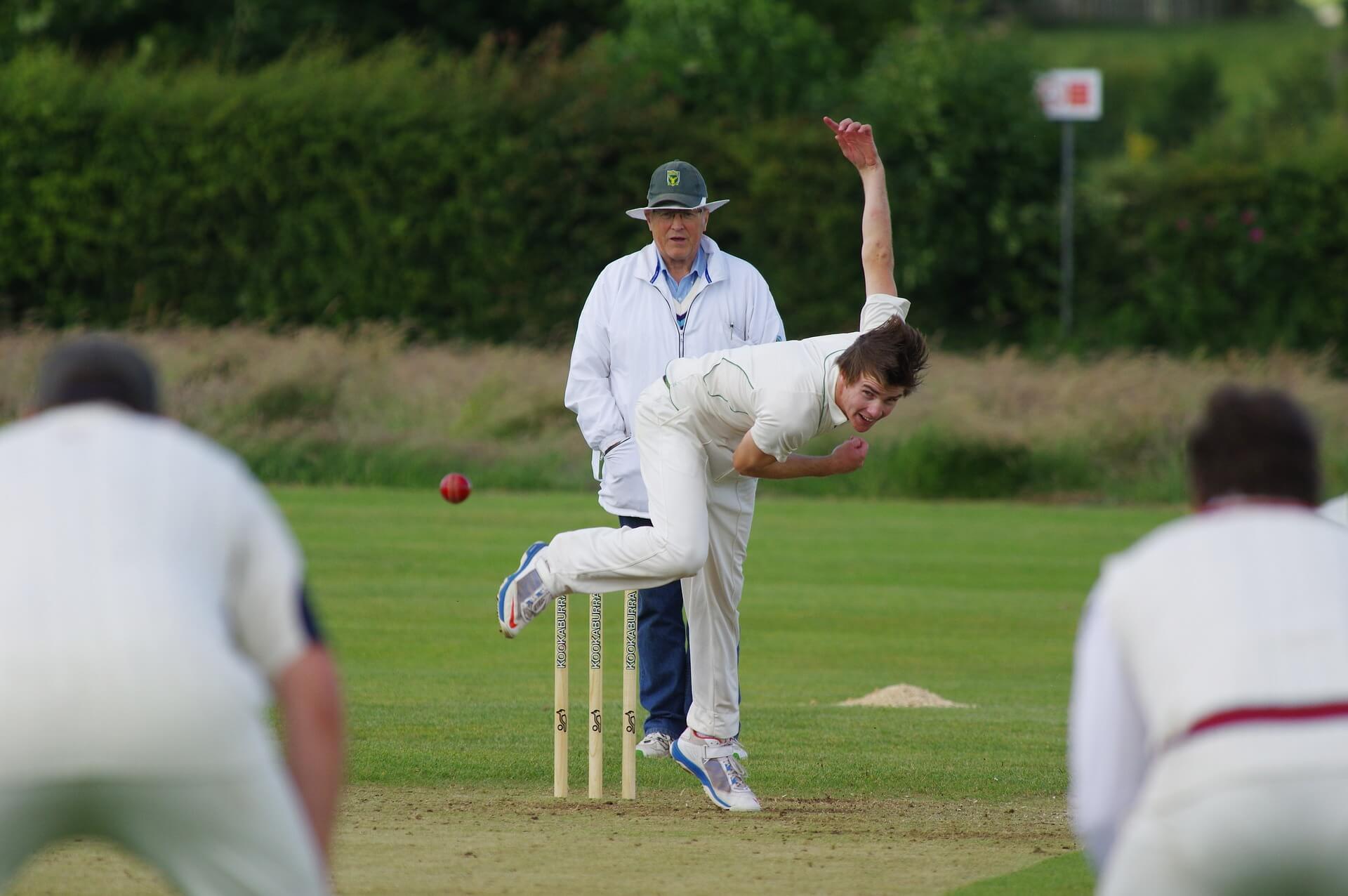
When a cricket injury occurs, taking immediate actions is crucial to minimize damage and initiate the recovery process. Here are the steps you should follow:
1. Stop Play
Priority one is to stop playing immediately, regardless of the extent of the injury. Continuing to play could exacerbate the problem and prolong your recovery.
2. Rest and Immobilize
If the injury is severe, or if you suspect a fracture or dislocation, it’s essential to rest and immobilize the affected area. Avoid putting weight on the injured limb and keep it as still as possible. This can prevent further damage.
3. Ice the Injury
Apply ice to the injured area to reduce swelling and numb pain. Use a cloth or towel to wrap the ice pack and avoid direct skin contact. Apply ice for 15-20 minutes every hour for the first 24 hours.
4. Compression
Applying compression with an elastic bandage can help reduce swelling. Be careful not to wrap it too tightly, as this can impede blood circulation.
5. Elevate the Injured Area
Elevating the injured limb or body part can further minimize swelling. Keep it elevated above heart level whenever possible, especially when resting or sleeping.
6. Pain Relief
Over-the-counter pain relievers like ibuprofen or acetaminophen can help manage pain and reduce inflammation. Follow the recommended dosage and consult a healthcare professional if necessary.
In addition to these immediate actions, it’s essential to seek medical attention promptly, especially for severe injuries. A healthcare provider can assess the extent of the injury and provide proper guidance for recovery.
What Not to Do
While knowing what to do is crucial, it’s equally important to understand what not to do when faced with a cricket injury:
- Do not try to “walk off” a severe injury as this can worsen the damage.
- Avoid heat packs in the initial stages as they can increase swelling.
- Do not attempt to pop dislocated joints back into place. Leave this to medical professionals.
- Avoid excessive pressure or massaging of the injured area, which can cause more harm.
Remember, timely and appropriate actions can significantly impact the recovery process. Once the immediate measures are taken, it’s essential to undergo a thorough medical evaluation to determine the extent of the injury and create a tailored recovery plan.
Medical Evaluation
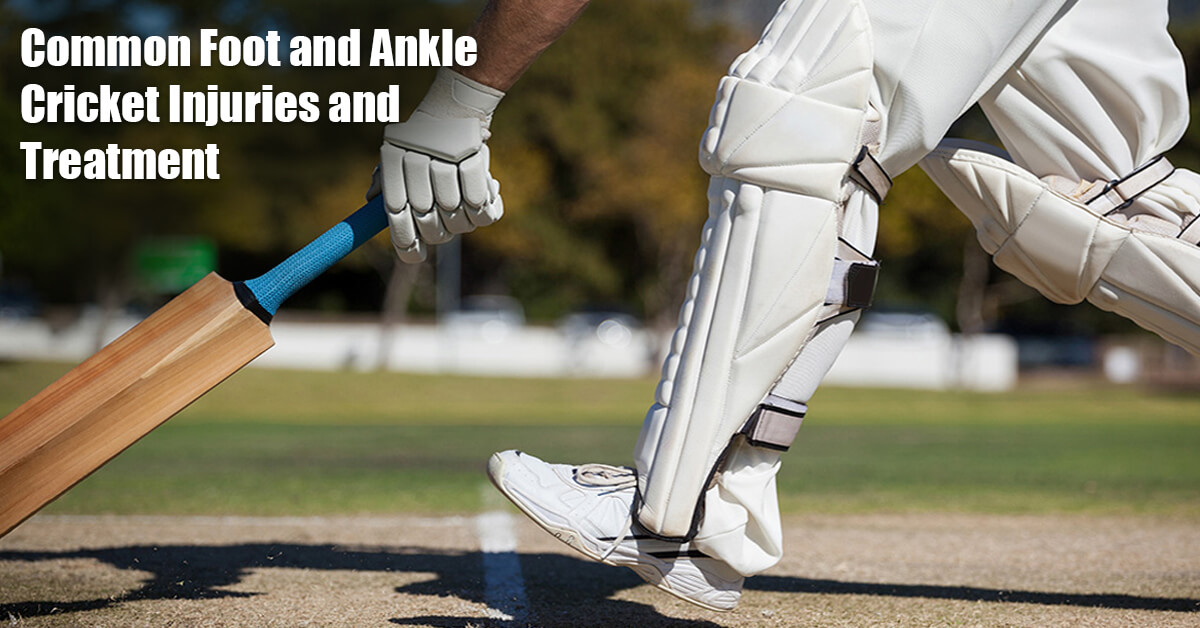
After taking immediate actions following a cricket injury, the next crucial step in the recovery process is undergoing a thorough medical evaluation. Seeking professional medical advice and assessment is essential to determine the extent of the injury and create an effective recovery plan. Here’s what you need to know about the medical evaluation process:
The Role of a Healthcare Professional
A qualified healthcare professional, such as a sports medicine physician or orthopedic specialist, is trained to diagnose and treat sports-related injuries. They will perform a comprehensive evaluation to assess the injury’s severity and recommend appropriate treatment options.
Physical Examination
During the initial assessment, the healthcare provider will conduct a detailed physical examination of the injured area. This examination may include:
- Palpation: Gently pressing and feeling the injured area to identify tenderness, swelling, or deformities.
- Range of Motion: Assessing how well the injured joint or limb can move without pain or limitations.
- Strength Testing: Evaluating muscle strength and function to identify any weaknesses.
Imaging Studies
Depending on the nature of the injury, the healthcare provider may order imaging studies such as X-rays, MRI (Magnetic Resonance Imaging), or CT scans. These diagnostic tools can provide detailed images of bones, joints, ligaments, and soft tissues, helping to confirm the diagnosis and assess the extent of damage.
Specialized Tests
In some cases, specialized tests like ultrasound or arthroscopy may be required for a more in-depth evaluation. These tests can help identify hidden or complex injuries that may not be apparent through physical examination or standard imaging.
Diagnosis and Treatment Plan
Once the evaluation is complete, the healthcare provider will provide a diagnosis based on the findings. They will discuss the recommended treatment options, which may include:
- Conservative Treatment: This may involve rest, physical therapy, bracing, and medication to manage pain and inflammation.
- Surgery: In cases of severe injuries or fractures, surgical intervention may be necessary to repair damaged tissues or stabilize fractures.
- Rehabilitation: A tailored rehabilitation plan, including exercises and therapy, will be designed to aid recovery and prevent future injuries.
Follow-up Care
After receiving initial treatment, patients are often required to follow up with their healthcare provider regularly. This allows for ongoing monitoring of the injury’s progress and adjustment of the treatment plan as needed.
Remember: Accurate diagnosis and timely treatment are essential for a successful recovery. Avoid self-diagnosis and self-treatment, as they can lead to complications or prolonged healing times. Always consult a qualified healthcare professional for proper evaluation and care.
Recovery Plan
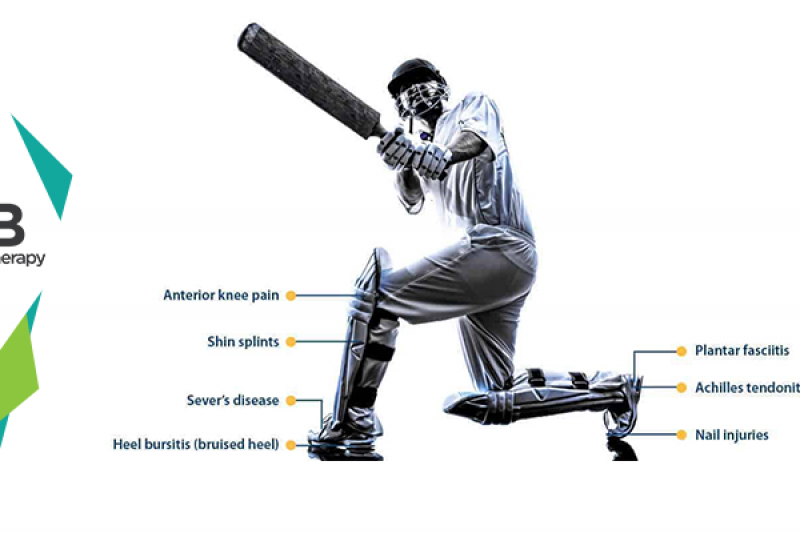
Recovering from a cricket injury involves a well-structured plan that addresses both the physical and mental aspects of rehabilitation. Here’s a comprehensive recovery plan to help you get back to the
1. Injury-Specific Treatment
Your recovery plan starts with injury-specific treatment. Follow the guidance provided by your healthcare provider. This may include:
- Rest: Allow your body time to heal by avoiding strenuous activities that could aggravate the injury.
- Physical Therapy: Attend regular physical therapy sessions to improve mobility, strength, and flexibility.
- Medication: Take prescribed medications to manage pain and reduce inflammation.
- Surgery: If necessary, follow post-surgery instructions diligently and attend all follow-up appointments.
2. Rehabilitation Exercises
Engage in rehabilitation exercises to regain strength and function. Your physical therapist will design a customized exercise program that may include:
- Range of Motion Exercises: Gentle movements to improve joint flexibility.
- Strength Training: Gradual increase in muscle strength through targeted exercises.
- Balance and Coordination Exercises: Enhance stability and prevent future injuries.
3. Nutrition and Hydration
Proper nutrition plays a vital role in recovery. Focus on a well-balanced diet rich in vitamins, minerals, and protein to support tissue repair. Stay adequately hydrated to aid the healing process.
4. Rest and Sleep
Get enough rest and quality sleep. Rest allows your body to recover, and sleep is essential for tissue repair and overall well-being. Maintain a consistent sleep schedule for optimal recovery.
5. Mental Well-being
Don’t underestimate the importance of mental well-being in your recovery. Injuries can be emotionally challenging. Consider:
- Visualization: Visualize successful return to cricket to boost confidence.
- Meditation and Relaxation: Manage stress and anxiety through mindfulness practices.
- Stay Connected: Talk to friends, family, or a sports psychologist for support.
6. Gradual Return to Cricket
Avoid rushing back to the game too soon. Follow a gradual return plan developed with your healthcare provider. This plan should include:
- Progressive Training: Slowly reintroduce cricket-specific exercises and drills.
- Match Simulations: Participate in controlled practice matches to assess readiness.
- Monitoring: Regularly evaluate your progress and listen to your body.
7. Preventative Measures
Take steps to prevent future injuries. This includes proper warm-ups, using protective gear, and addressing any biomechanical issues through coaching or physiotherapy.
8. Professional Guidance
Consult with your healthcare provider and sports professionals throughout your recovery journey. They can adjust your plan based on your progress and ensure a safe return to cricket.
Remember, every injury is unique, and recovery timelines vary. Stay patient, stay committed to your recovery plan, and prioritize your long-term well-being over a quick return to the game. With diligence and professional guidance, you can make a successful comeback to cricket.
Physical Therapy
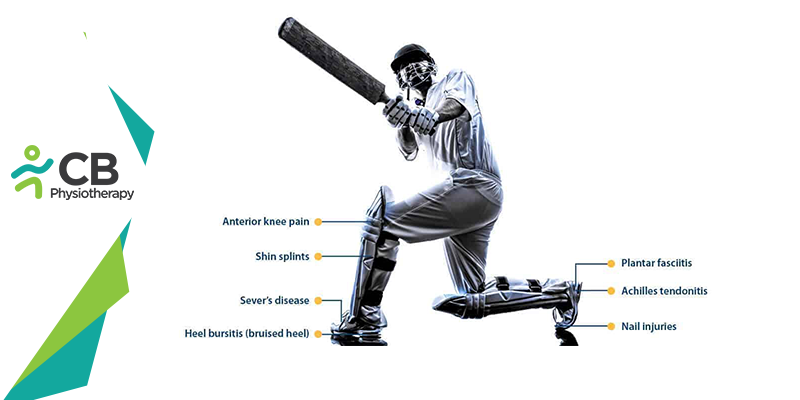
Physical therapy is a critical component of the recovery process for cricket injuries, as it plays a pivotal role in restoring mobility, strength, and function. Whether you’re rehabilitating from a sprain, strain, fracture, or any other cricket-related injury, a well-designed physical therapy program can make a significant difference. Here’s what you need to know about physical therapy during your recovery:
The Role of a Physical Therapist
A physical therapist is a healthcare professional trained to assess and treat musculoskeletal injuries and conditions. Their expertise is invaluable in guiding you through the rehabilitation process. Here’s what they can do for you:
- Evaluation: Your physical therapist will conduct a thorough assessment of your injury, considering your medical history and goals.
- Treatment Plan: Based on the assessment, they will develop a personalized treatment plan tailored to your specific needs.
- Exercise Prescription: They will prescribe exercises and therapeutic activities to improve strength, flexibility, and range of motion.
- Manual Therapy: In some cases, manual techniques such as massage, joint mobilization, or soft tissue manipulation may be used to alleviate pain and improve function.
- Education: Your physical therapist will educate you about your injury, prevention strategies, and how to perform exercises correctly.
- Progress Monitoring: They will track your progress and adjust the treatment plan as needed to ensure optimal recovery.
Key Components of Physical Therapy
A typical physical therapy program for cricket injuries may include the following key components:
- Range of Motion Exercises: These exercises aim to improve joint flexibility and mobility, which may be compromised due to injury and immobility.
- Strength Training: Building strength in the affected muscles and surrounding areas is crucial for injury recovery and prevention.
- Balance and Coordination Activities: These exercises enhance stability and reduce the risk of re-injury.
- Functional Exercises: Cricket-specific movements and drills are integrated into your therapy to prepare you for a safe return to the sport.
Consistency and Compliance
Consistency and compliance with your physical therapy program are vital for successful recovery. Attend all scheduled therapy sessions and follow the prescribed home exercise regimen. Communicate any concerns or challenges with your therapist to make necessary adjustments.
Gradual Progression
Physical therapy is a gradual process, and it’s essential to avoid rushing through it. Your therapist will progressively increase the intensity and complexity of exercises as your strength and mobility improve. Patience is key to preventing setbacks.
Professional Guidance
Work closely with your physical therapist and healthcare provider throughout your recovery. They will assess your readiness to return to cricket, ensuring that you are physically prepared to rejoin the sport safely.
In summary, physical therapy is a fundamental aspect of cricket injury recovery, promoting healing and helping you regain the physical abilities necessary for cricket. By committing to your therapy program and collaborating with your healthcare team, you can increase the likelihood of a successful return to the cricket field.
Nutrition and Hydration

Nutrition and hydration play a crucial role in the recovery process for cricket injuries, as they provide the body with the essential nutrients and fluids needed for tissue repair and overall well-being. Proper nutrition can help accelerate healing and reduce the risk of complications. Here’s a comprehensive guide on what to consider for your dietary and hydration needs during recovery:
The Importance of Nutrition
Proper nutrition is essential for several reasons:
- Tissue Repair: Nutrients like protein, vitamins, and minerals are vital for repairing damaged tissues and cells.
- Reducing Inflammation: Certain foods have anti-inflammatory properties that can help alleviate pain and swelling associated with injuries.
- Energy Production: Injuries can increase energy requirements. Adequate calorie intake ensures your body has the energy it needs for recovery.
- Immune Support: Proper nutrition supports a healthy immune system, reducing the risk of infection during recovery.
Key Nutrients
Focus on including these nutrients in your diet:
| Nutrient | Sources |
|---|---|
| Protein: | Lean meats, poultry, fish, dairy, eggs, legumes, nuts, and seeds. |
| Vitamins (especially C and D): | Citrus fruits, berries, leafy greens, fatty fish, and fortified dairy products. |
| Minerals (such as calcium and zinc): | Dairy products, leafy greens, nuts, seeds, and whole grains. |
| Omega-3 Fatty Acids: | Fatty fish (salmon, mackerel), flaxseeds, chia seeds, and walnuts. |
| Antioxidants: | Colorful fruits and vegetables (berries, tomatoes, spinach). |
Hydration
Staying adequately hydrated is equally important for recovery. Dehydration can hinder the healing process and increase the risk of cramps and muscle strains. Follow these guidelines:
- Water: Drink plenty of water throughout the day to stay hydrated. Pay attention to your body’s signals for thirst.
- Electrolytes: If you’ve been sweating due to physical therapy or exercise, consider replenishing electrolytes with sports drinks or electrolyte-rich foods (bananas, oranges, yogurt).
- Avoid Excessive Caffeine and Alcohol: These can contribute to dehydration, so limit their consumption.
Meal Timing
Spread your meals and snacks evenly throughout the day to provide a steady supply of nutrients and energy. Aim for three balanced meals and two to three nutritious snacks if needed.
Consult a Registered Dietitian
If you have specific dietary restrictions, allergies, or complex nutritional needs, consider consulting a registered dietitian. They can create a personalized meal plan tailored to your recovery goals and dietary preferences.
In conclusion, nutrition and hydration are essential components of a successful recovery from cricket injuries. By fueling your body with the right nutrients and staying hydrated, you can support tissue repair, reduce inflammation, and optimize your overall well-being during the healing process.
Rest and Sleep
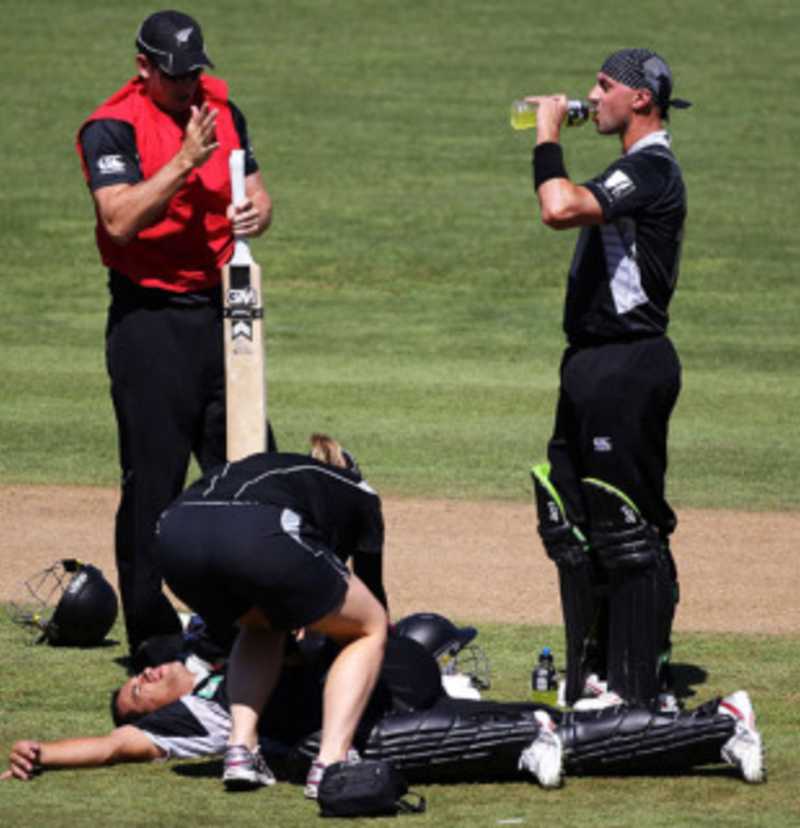
Rest and sleep are two of the most underestimated yet critical factors in the recovery process for cricket injuries. Proper rest and quality sleep are essential for tissue repair, pain management, and overall physical and mental well-being. Here’s what you need to know about incorporating rest and sleep into your recovery plan:
The Importance of Rest
Rest is a fundamental component of injury recovery for several reasons:
- Tissue Healing: During rest, your body allocates resources to repair and regenerate damaged tissues, including muscles, ligaments, and bones.
- Pain Management: Rest can help reduce pain and discomfort associated with injuries, allowing for a more comfortable recovery process.
- Inflammation Reduction: Adequate rest helps control inflammation, a common response to injury, which can slow down the healing process if not managed properly.
- Preventing Overuse: Rest prevents overuse injuries that can occur when individuals continue to exert stress on already injured areas.
Quality Sleep Matters
Quality sleep is when your body performs most of its healing and recovery. During deep sleep stages, tissue growth and repair are at their peak. Here’s how to optimize your sleep during recovery:
- Establish a Sleep Schedule: Go to bed and wake up at the same times each day to regulate your body’s internal clock.
- Create a Relaxing Bedtime Routine: Activities like reading, gentle stretching, or meditation can signal to your body that it’s time to wind down.
- Limit Screen Time: The blue light emitted by screens can interfere with your sleep cycle. Avoid screens at least an hour before bedtime.
- Create a Comfortable Sleep Environment: Ensure your bedroom is dark, quiet, and at a comfortable temperature.
- Invest in a Supportive Mattress and Pillow: A good mattress and pillow that support your body can make a significant difference in sleep quality.
Listen to Your Body
Pay attention to your body’s signals. If you experience pain or discomfort during sleep, consider adjusting your sleeping position or using pillows for support. If you have difficulty sleeping, consult your healthcare provider for guidance or recommendations for sleep aids.
Avoid Overexertion
While it’s important to follow your rehabilitation program, avoid overexerting yourself during the day to compensate for lost time due to injury. Overexertion can lead to increased fatigue and hinder the healing process.
Mental Rest
Rest isn’t just physical; it’s mental as well. Give your mind a break by practicing relaxation techniques such as deep breathing, meditation, or engaging in activities that bring you joy and ease stress.
In summary, rest and sleep are non-negotiable components of a successful recovery from cricket injuries. By prioritizing rest, creating a conducive sleep environment, and practicing good sleep hygiene, you can accelerate the healing process, manage pain, and ensure your body is well-prepared for the demands of returning to cricket.
Mental Well-being

Mental well-being is a crucial but often overlooked aspect of recovery from cricket injuries. Coping with the physical and emotional challenges of an injury is essential for a successful rehabilitation journey. Here’s a comprehensive guide on how to prioritize and maintain your mental well-being during this time:
The Mental Impact of Injuries
Cricket injuries can take a toll on your mental health for several reasons:
- Frustration and Disappointment: Being sidelined from the sport you love can lead to frustration, disappointment, and even anger.
- Stress and Anxiety: The uncertainty of recovery, fear of reinjury, and performance anxiety can contribute to stress and anxiety.
- Isolation: Feeling isolated from teammates and the cricket community can lead to loneliness and a sense of loss.
- Self-Esteem: Reduced physical activity and potential body changes can impact self-esteem and self-image.
Strategies for Mental Well-being
Addressing the mental aspects of recovery is essential. Here are strategies to help you maintain positive mental well-being:
- Set Realistic Goals: Define achievable short-term and long-term goals for your recovery. Celebrate small victories along the way.
- Stay Informed: Educate yourself about your injury and recovery process. Understanding what to expect can alleviate anxiety.
- Seek Support: Don’t hesitate to reach out to friends, family, or a mental health professional for emotional support and guidance.
- Stay Connected: Maintain communication with your cricket team and friends to avoid feeling isolated.
- Maintain a Routine: Establish a daily routine that includes rehabilitation exercises, social interactions, and enjoyable activities.
- Mindfulness and Relaxation: Practice mindfulness techniques, meditation, or deep breathing exercises to manage stress and anxiety.
- Visualization: Use visualization techniques to mentally prepare for your return to cricket and build confidence.
Professional Assistance
If you find that your mental well-being is significantly impacted by your injury, consider seeking professional assistance. A sports psychologist or mental health counselor can provide valuable strategies and support to help you navigate the emotional challenges of recovery.
Accepting Setbacks
It’s essential to acknowledge that setbacks may occur during the recovery process. Injuries can be unpredictable, and progress may not always be linear. Be patient and compassionate with yourself during challenging times, and remember that setbacks do not define your ultimate outcome.
Your mental well-being is just as important as your physical recovery. By addressing the mental aspects of injury rehabilitation, you can build resilience, manage stress, and approach your return to cricket with confidence and a positive mindset.
Returning to Cricket
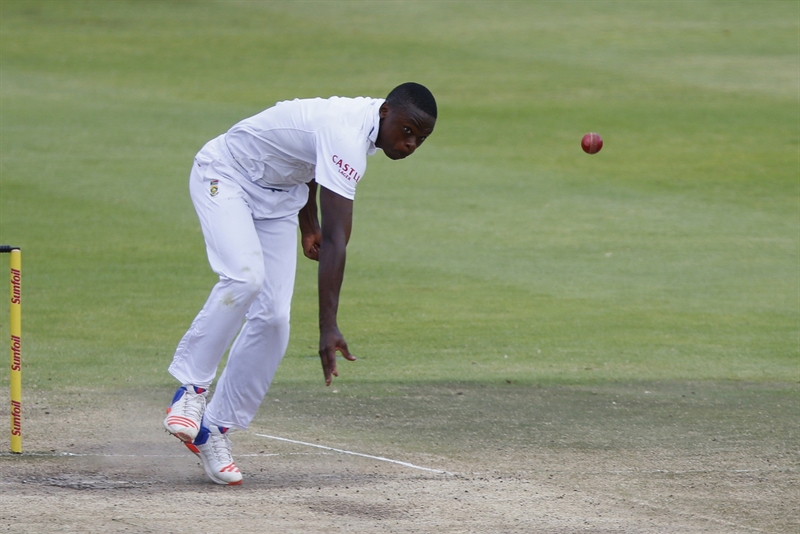
Returning to cricket after an injury is an exciting but delicate process. While you may be eager to get back on the field, it’s crucial to ensure that your body is fully prepared to prevent re-injury and perform at your best. Here’s a comprehensive guide on how to make a safe and successful return to cricket:
Consult with Your Healthcare Team
Before considering a return, consult with your healthcare provider and physical therapist. They will assess your injury’s healing progress, strength, and mobility to determine if you are ready for cricket activities.
Gradual Return Plan
A gradual return plan is essential to prevent overexertion and reduce the risk of re-injury. Here’s how to structure it:
- Phase 1 – Light Activity: Begin with light exercises and non-cricket activities to test your physical condition. Focus on building cardiovascular endurance and general strength.
- Phase 2 – Cricket-Specific Drills: Introduce cricket-specific drills that mimic game movements without full intensity. Work on your technique and coordination.
- Phase 3 – Controlled Practice Matches: Participate in controlled practice matches with limited overs and reduced intensity. This phase allows you to gauge your readiness for competitive play.
- Phase 4 – Full Return: Once you have successfully completed the previous phases without issues, you can consider a full return to competitive cricket.
Listen to Your Body
Pay close attention to any discomfort or pain during your return. If you experience pain or notice any limitations, stop immediately and consult your healthcare provider. Pushing through pain can lead to re-injury.
Proper Warm-Up and Cool Down
Always prioritize a thorough warm-up and cool down. Warming up prepares your muscles and joints for activity, while cooling down helps prevent post-activity soreness and stiffness.
Cricket-Specific Strength and Conditioning
Engage in a cricket-specific strength and conditioning program. Focus on improving your fitness, agility, and skill set to regain your cricket form gradually.
Protective Gear
Wear appropriate protective gear. Ensure that your helmet, pads, gloves, and other protective equipment fit properly and provide adequate safety.
Regular Evaluation
Continually evaluate your performance and recovery. Consult with your healthcare team regularly to make necessary adjustments to your return plan based on your progress.
Mental Preparation
Mentally prepare for your return. Visualization techniques and mental rehearsals can boost your confidence and help you perform at your best.
Stay Patient
Patience is key to a successful return. Understand that it may take time to regain your pre-injury level of play. Stay committed to your rehabilitation program and be realistic about your expectations.
A successful return to cricket is achievable with the right approach and proper preparation. By following a gradual return plan, prioritizing safety, and maintaining open communication with your healthcare team, you can enjoy the game you love while minimizing the risk of re-injury.
Frequently Asked Questions (FAQ)
Here are some common questions and answers regarding cricket injuries and their recovery:
Q: How long does it typically take to recover from a cricket injury?
A: The recovery time varies depending on the type and severity of the injury. Minor sprains or strains may heal in a few weeks, while fractures or serious ligament tears can take several months. Follow your healthcare provider’s guidance for a more accurate estimate.
Q: Can I continue to do light exercise during my recovery?
A: Yes, light exercises that don’t strain the injured area can be beneficial. Consult your healthcare provider or physical therapist for specific exercises that are safe for your injury.
Q: How do I know if I’m ready to return to cricket?
A: Your healthcare team will assess your readiness based on your injury’s healing progress, strength, and mobility. Follow a gradual return plan and consult with professionals before resuming cricket activities.
Q: What can I do to prevent cricket injuries in the future?
A: To reduce the risk of future injuries, focus on proper warm-ups, strength and conditioning, using protective gear, and maintaining good cricket technique. Regular physical assessments and addressing biomechanical issues can also help.
Q: How important is mental well-being during the recovery process?
A: Mental well-being is crucial during recovery. Coping with the emotional challenges of an injury is as important as physical healing. Seek support, practice relaxation techniques, and maintain a positive mindset.
Q: What if I experience pain during my return to cricket?
A: Pain during your return is a sign that you may not be fully healed or prepared. Stop immediately and consult your healthcare provider. Pushing through pain can lead to re-injury.
Q: Can I return to cricket at the same level of performance as before my injury?
A: It may take time to regain your pre-injury level of play. Be patient and follow your rehabilitation plan. With dedication and professional guidance, you can aim to perform at your best again.
Conclusion
In conclusion, recovering from a cricket injury requires a comprehensive approach that addresses physical, mental, and emotional aspects of healing. Cricket injuries can vary in type and severity, but with the right guidance and dedication, you can successfully return to the game you love.
Key elements of a successful recovery include:
- Medical Evaluation: Seek professional medical advice and diagnosis to create an effective treatment plan.
- Immediate Actions: Take prompt steps to manage pain and reduce swelling following an injury.
- Physical Therapy: Engage in a customized rehabilitation program to regain strength and mobility.
- Nutrition and Hydration: Support your body’s healing process with a well-balanced diet and proper hydration.
- Rest and Sleep: Prioritize rest and quality sleep to aid tissue repair and overall well-being.
- Mental Well-being: Address the emotional challenges of recovery and seek support when needed.
- Gradual Return to Cricket: Follow a structured plan, consult with professionals, and prioritize safety when resuming cricket activities.
Remember that every individual and injury is unique, so it’s essential to tailor your approach to your specific needs and circumstances. Consult with healthcare professionals, physical therapists, and mental health experts as necessary to ensure a safe and successful recovery.
Stay patient, stay committed to your rehabilitation plan, and maintain a positive mindset. With time, effort, and proper care, you can make a triumphant return to cricket and continue enjoying the sport you are passionate about.
